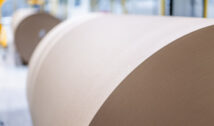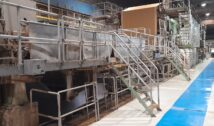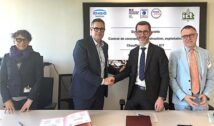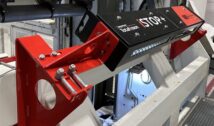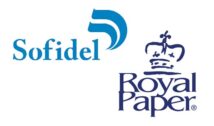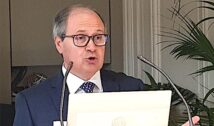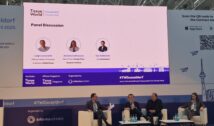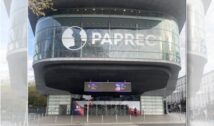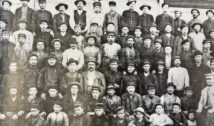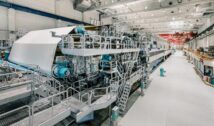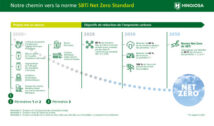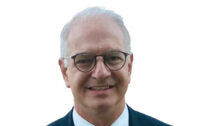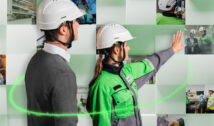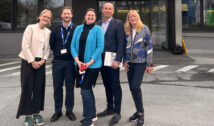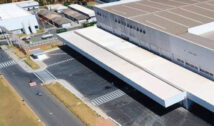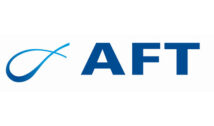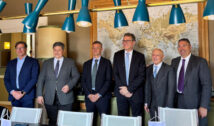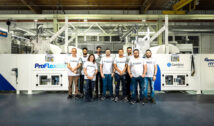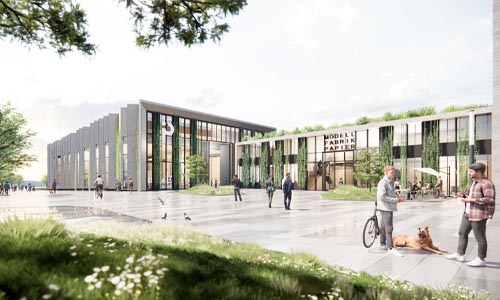
“Modellfabrik Papier is an industry-funded research initiative based in Germany, and founded out of the industry,” explains Dominic Laaf, the corporate liaison manager for the organization. “The idea came from the industry because key players agree that significant and impactful action is required to reduce the specific energy demand of papermaking.”
Partnership is fundamental to the purpose of Modellfabrik Papier (which translates to ‘a model factory for paper’ in German) and its consortium comprises paper manufacturers, machine and plant manufacturers, technology providers and suppliers as well as leading academia in the fields of paper technology, bioeconomy, circular economy, energy efficiency and digitalization.
By combining the expertise of its shareholders into the research and validation of carbon-neutral paper production, Modellfabrik Papier aims to achieve what none of its shareholders can do alone: realize an 80% reduction in energy demand and carbon neutrality in German papermaking by 2045.
Whilst it is a German initiative, the problem its shareholders will tackle is global and the solutions and results will be applicable globally too.
Founded in early 2021, Modellfabrik Papier (MFP) shareholders include 24 companies in paper manufacturing and its supplier industry. ABB is a founding member and shareholder, as are industry leaders Metsä Group, Wepa, Sappi, and Mitsubishi Hitec Paper Europe. Seven leading scientific partners and institutes bring in expertise from different fields and disciplines in the field of paper and fiber-based papermaking, working collaboratively with MFP’s scientists.
Collectively, the MFP shareholders are committed to the FOMOP project’s four pillars of pre-competitive basic research to develop disruptive and scalable technologies.
- The first pillar is a project that will look at the first part of the paper manufacturing process and will investigate how raw materials may be modified and tailor-made so that less energy is required in the subsequent production steps.
- The second is to innovate process technology concepts for today’s paper production in aqueous media that achieves a significant increase in the efficiency of thermal water removal from the paper web.
- The third focuses on “dry paper laying” to create paper without any water. This is a particularly disruptive goal since water consumption is one of the biggest energy consumers in papermaking.
- And the final fourth pillar will evaluate the energy efficiency of the innovations made and integrate all findings into the production system to deliver one ground-breaking new papermaking process.
“What is unique about Modellfabrik Papier is the diversity of companies that have come together under this initiative even though some are market competitors. Yet their combined mindset is that we have to do something impactful, and such significant change can only be realized when we work together.
Dominic Laaf, Corporate Liaison Manager, Modellfabrik Papier
To align such disruptive technological innovations with the conventional papermaking process, collaboration is key to the success of MFP.
One of the initial phases of collaboration was an ideation project where shareholders developed 64 ideas of which 13 were shortlisted prioritized with internal funding. The first project started was one proposed and led by ABB with a subset of shareholders called FOREST (Framework for Resource, Energy, Sustainability Treatment in paper production).
The objective of the FOREST project is to develop a framework for a digital twin for paper manufacturing processes that tracks energy and material flows, and thus ultimately also carbon flows and footprints, down to the sub-process and sub-product level.
Business Development Manager for ABB Pulp & Paper in Germany, Andreas Zehnpfund, explains that the framework of FOREST will lay the groundwork for the industry to create and use digital twins.
“The novel thing about this Framework is that it should be possible to pin the CO2 footprint to every intermediate or end product and to use CO2 reduction as an objective in optimizations of the process,” he says.
MFP project leader, Philip Kayser, says the type of expertise ABB offers as a digital leader to the MFP consortium is invaluable.
“The project group is working step by step through those working packages, finishing and then meeting again, putting all the information together, reassessing where we stand, and what’s the next step,” he says.
“The group’s collective interdisciplinary expertise in digital twin technology is ground-laying in the industry and really helps to step up new and disruptive ideas.”
However, in a traditionally slow-moving industry, the MFP and its shareholders understand that time is of the essence when it comes to transformation and sustainability.
“At this point, we are working at early stages of technical readiness. Our goal in the next years will be to upscale our findings. Technological transfer into higher readiness levels is key for our shareholders in view of our roadmap towards climate-neutral papermaking,” Dominic says.
“Our pipeline of ideas, feasibility studies and early-stage developments are underway, but from there we must move from a lab an intermediate scale to a full industrial scale to fulfil our purpose.”
To achieve its goals, MFP receives equal basic funding from each shareholder. This will partially fund initial research projects in the fields of digitalization and more sustainable papermaking. In addition to these shareholders’ contributions, MFP relies on government grants for funding.
“It is an industry-backed project, and those shareholder grants are multiplied by a factor of about nine because we also apply for research grants from the German government,” says Dominic.
Photo: Modellfabrik Papier


